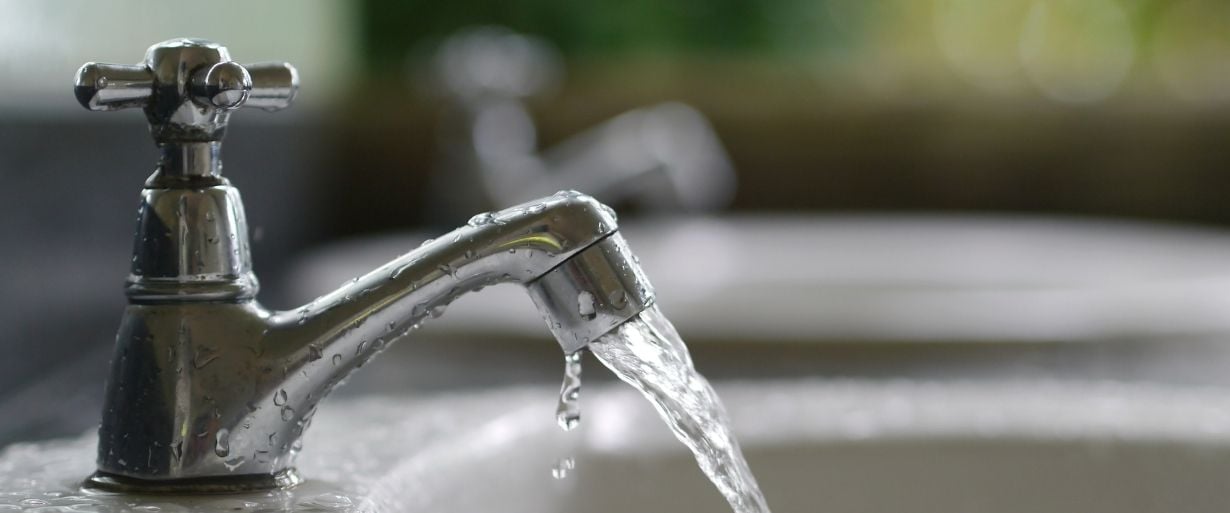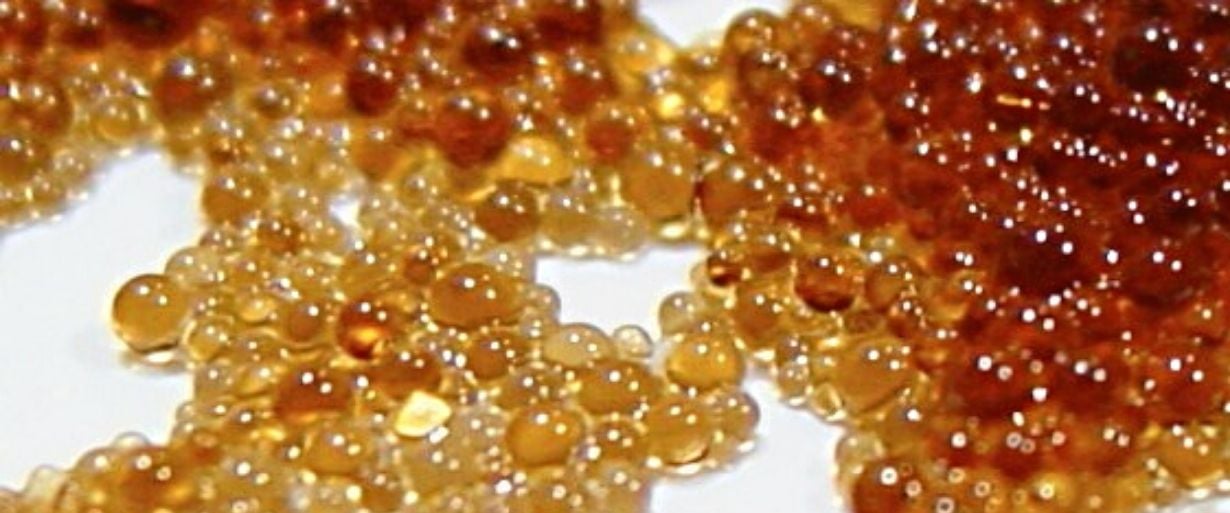Having a minuscule amount of chlorine in drinking water is perfectly acceptable in a domestic setting, but it does pose a risk to certain water treatment processes, such as water softeners and deionisers. In this blog, Brian Jones explains why chlorine is found in drinking water and how it can be removed.
Why is there Chlorine in drinking water?

The water that we receive in our homes has to go through a water treatment process to be sufficient for consumption and washing purposes. It is treated with chlorine, a very effective oxidising biocide that suppresses the growth of harmful bacteria and potential health hazards if not properly controlled. Typically, water companies keep the residual disinfectant levels in the form of free or combined chlorine to 0.5 mg/l or less.
To ensure and maintain the water’s cleanliness, it will leave the water treatment works with a trace amount of free chlorine in its chemical makeup to preserve the high quality of the water. This is particularly necessary as the water journeys through the miles of pipes that transfer it to homes and workplaces across the country. Chlorine has a long history of about 100 years of safe use for hygiene purposes worldwide.
You may be able to smell the faint chlorine odour from a glass of water you draw from the kitchen tap at home. The closer you are to the treatment works the more concentrated the free chlorine level will be to ensure an acceptable level at the furthest point of the pipeline.
How is it used in an industrial environment?

Within the industrial environment drinking water is used in various forms, some similar to domestic use including consumption and washing purposes, and others to cater for industrial processes, such as effective heat transfers within boilers and cooling towers. Within this type of process environment, the water quality needs to be improved to prevent the scaling of heat exchange surfaces by calcium and magnesium salts that are dissolved in the water.
Water softening and demineralisation units can be employed to remove the dissolved salts from within the water. The resin within these units relies on ion exchange to improve the water quality.
Did you know?

It is a well-documented fact that free chlorine within town water can have an adverse effect on the resins within the water softeners and deionisation units. The resin can over time break down and become less effective in replacing hardness salts within the treated water.
If there is prolonged exposure of chlorine entering the water softener, it attacks the cross-linking around the resin bead, stripping it away. This ultimately causes the bead to lose its rigidity and expand into an almost jelly-like substance. This reduces water flow rates, and in some older softeners, it breaks through the resin vessel screens. Subsequently, resin regenerations are more frequent, water usage is increased and water quality is reduced.
In some instances causing production issues and unplanned maintenance which can be very costly to process operators. Unfortunately, this process can be a gradual deterioration of the water softener and is not noticed by engineers until it quietly becomes an issue.
How do you de-chlorinate process water?
There are several ways of removing free chlorine from water.
- Boiling.
- Aeration.
- Chemical.
At Veolia Water Technologies UK we can offer a cost-effective solution to remove free chlorine, improve the water softener efficiency and prolong its life span.
Our Solution

Hydrex 4301 is a tried and tested liquid product that is easy to handle and use. The product can be delivered to the water softener inlet through a dosing pump. Compared to other forms of chlorine removal, Hydrex 4301 is very cost-effective and requires very low maintenance.
Once the dosing pump is set up, our experts can deploy a set of tests and assessments to set the most effective dose rate of Hydrex 4301, saving money and time. Once this is achieved there is typically no further involvement by the site engineering team as the product achieves the desired set results. another benefit of Hydrex 4301 is that it does not have any adverse effects on the water softeners or deionisation units, prolonging your technology’s life span.
if you would like to know more about our solution to removing free chlorine and prolonging your water softener assets please contact us now.